People
‘We’re Talking About Geniuses’: Shirin Neshat on the (Mostly Female) Filmmakers, Artists, and Singers Who Inspire Her Most
The Iranian artist is influenced by figures ranging from Frida Kahlo to Ingmar Bergman.
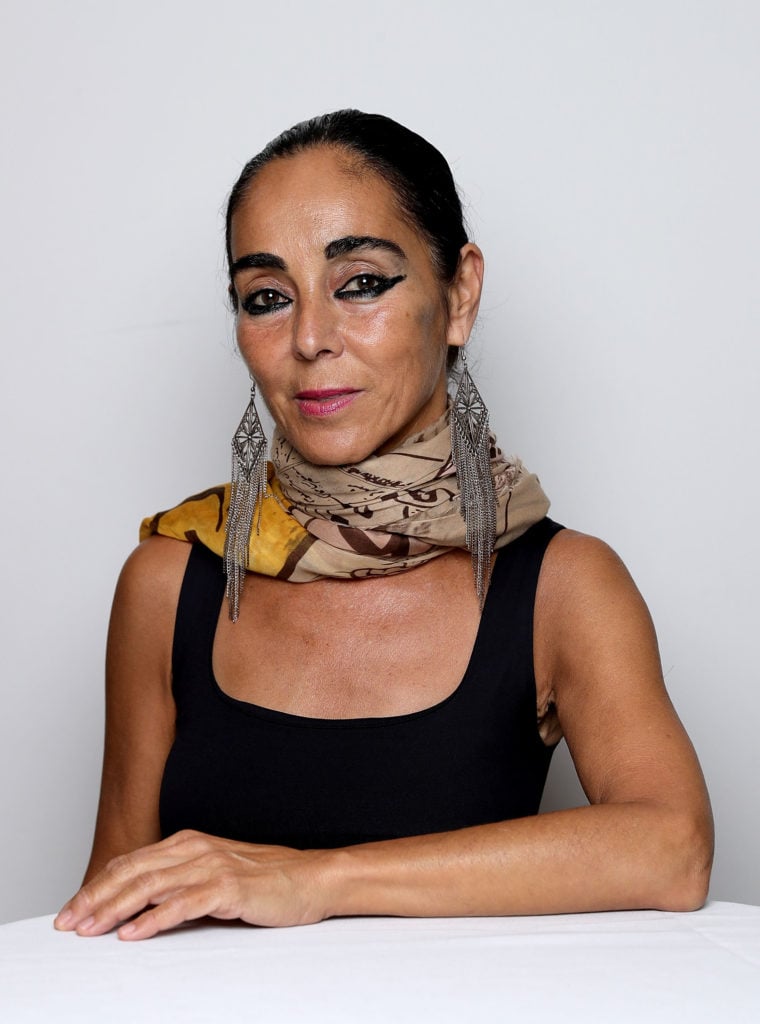
The Iranian artist is influenced by figures ranging from Frida Kahlo to Ingmar Bergman.

Sarah Cascone

Shirin Neshat’s biggest exhibition to date opened last month at the Broad in Los Angeles. Titled “Shirin Neshat: I Will Greet the Sun Again,” the photographs and videos on view are often informed by the artist’s own life experiences as an Iranian immigrant living in exile.
“In the early part of my career, I was standing on the outskirts of Iran and critiquing the revolution and the oppression of society from a distance. And then you come to the end of the show and you see me in New York, looking at the American society and being able to critique that,” Neshat told Artnet News. “Oddly, it’s all beginning to look very similar, in the sense of this dangerous atmosphere that feel very threatening here, as it did before over there—the notion of tyranny, corruption, political injustice.”
Broader themes of political conflict and power persist, but Neshat often considers them through the lens of women. “My biggest influences so far have been iconic women artists, poets, and writers who were not only amazing creative individuals but also lived challenging lives as women,” she said. “They’ve suffered a great deal, and their work shows it. We’re talking about geniuses. These are like mythical level artists.” Some are household names, like Frida Kahlo, but others are less familiar in the Western world, such as the Iranian poet Forough Farrokhzad and the Egyptian singer Oum Kulthum.
“Part of me takes pride in making reference to their work, in bringing attention back to their work,” Neshat said. “But they also become a mirror. All of these ladies were incredibly nontraditional, like I am, and yet devoted to their art and their work in this male-dominated world.”
Ahead of the exhibition’s opening, we spoke with Neshat about the women—and some men—throughout history who’ve most inspired her work.
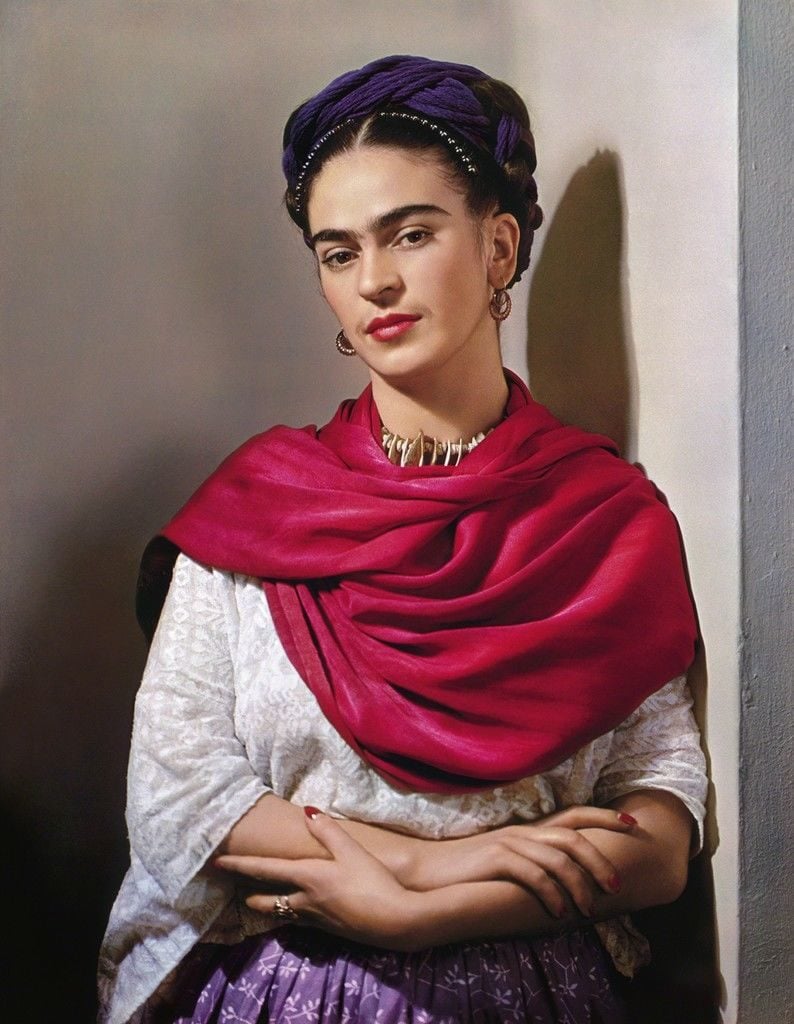
Nickolas Muray, Frida Kahlo With Magenta Rebozo (1939). Photo courtesy of Matthew Liu Fine Arts.
Frida Kahlo caught my attention when I was an art student. It wasn’t any particular work that she did, but who she was as an artist and what she embodied—her physical situation with her accident, her style, her very turbulent relationship with Diego, her bisexuality… It all sort of defined who she was. Frida’s self-portraits are astonishing in their honesty, in their beauty, in the way that she reveals pain—but her work wasn’t purely autobiographical. It had a sort of sociopolitical nature.
With a lot of contemporary artists, who they are as people and what their work is are two separate issues. With Frida, her self became the subject of her work. It isn’t possible to look at her artwork and understand it without understanding her personal history. As an artist, I have been battling with the same issues—the political reality [of Iran], my own style, and personal history have all defined my work.

Oum Kulthum at one of her last public performances. Photo via Wikimedia Commons.
I made a film about Oum Kulthum, an Egyptian singer, that came out two years ago. She was perhaps the most important artist of the 20th century in the Middle East, of the caliber of Édith Piaf or Billie Holiday. When she died, four million people went into the streets of Cairo to mourn her death. To this day, she’s worshiped. There’s no man in the Middle East who can compare with her in terms of her popularity as an artist.
Looking for Oum Kulthum became a film within a film. It was about an Iranian director—myself—trying to make a film about an Egyptian icon. It was sort of a self discovery moment, through looking at another bigger artist facing issues of career, the desire to be a traditional woman, and being a mother. It became a very personal story. In a way, everything that made me interested in looking at other women artists came together in this one piece.
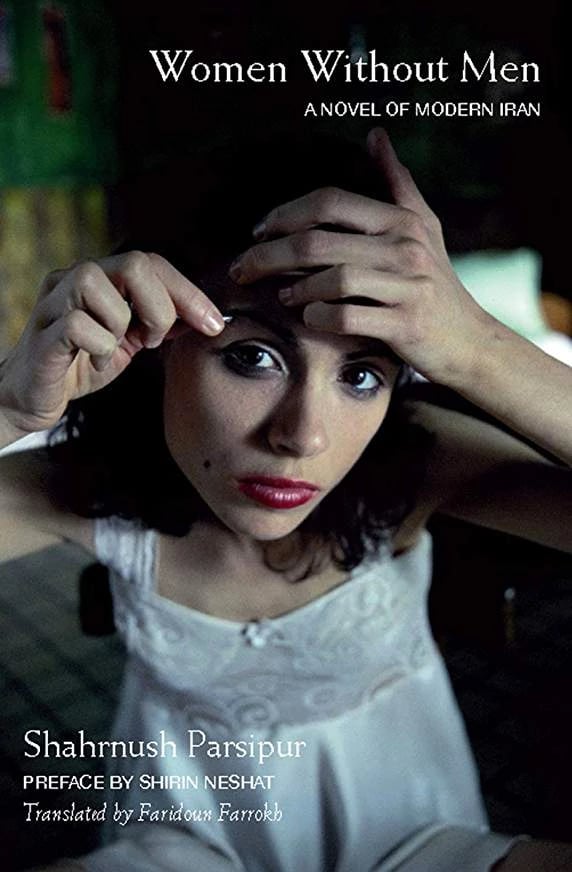
Shahrnush Parsipur, Women Without Men. Photo courtesy of the Feminist Press at CUNY.
Shahrnush Parsipur is one of the five foremost Iranian women artists living in exile, so I became very fascinated by her and went to seek her out. She was in prison for many years and has had a lot of mental illness. But I flew to California and found her and we became like a family. I spent six years making a film that was based on Shahrnush’s magical realist novel Women Without Men, and she went with me to Morocco when I made the movie.
[In Neshat’s new film, Land of Dreams,] the main character, Simin, is an Iranian woman in the middle of America, going door to door collecting American dreams. The strangeness of her character and her work is very much based on Shahrnush. She always told me you sleep a certain numbers of hour a day, but we never talk about our sleep time. This is another world, an inner world, but it is an important part of our existence. Simin is someone who is living in the clouds—she’s not really grounded in reality, and she has experiences that are very bizarre. It’s very interesting to me how some artists live at the borderline of madness, but in a positive way.
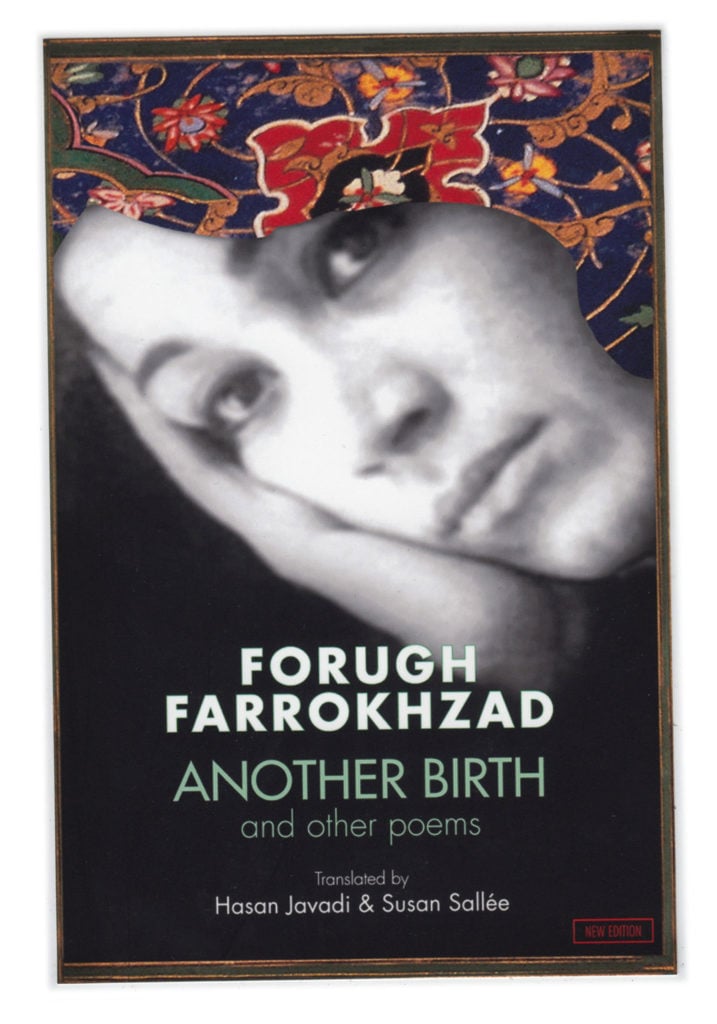
Forough Farrokhzad, Another Birth (1964).
Forough Farrokhzad was an Iranian poet who sadly died at the age of 32 in a car accident, in 1967. Despite her short life, she left such a huge legacy and number of amazing books of poetry. She is one of the most respected and beloved Iranian poets, but on a personal level she had a complicated life and was an outcast within her own society. Forough broke every taboo, both through her writings and in her life. Her poetry is often in the inscriptions on my photographs. I have been deeply inspired by her.
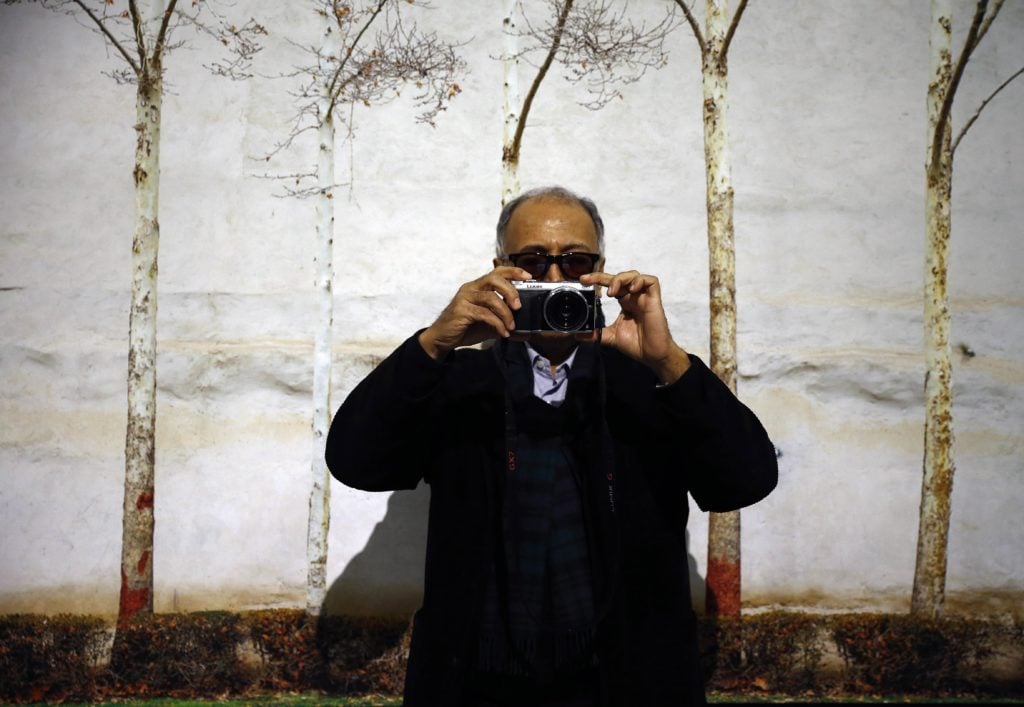
Abbas Kiarostami poses at a Turkish exhibition of his work in 2016. Photo by Binnur Ege Gurun/Anadolu Agency/Getty Images.
I came into making art and film not so heavily influenced by the Western art world, but by literature and film. One of the first encounters that I had was with the work of Abbas Kiarostami. He passed away in 2016, but he became a friend. Abbas was the most significant filmmaker of modern Iranian cinema. There was something about his minimalism, and his way of infusing poetry into the language of film, and the simplicity of how he was able translate Iranian sociopolitical society and transform it into something completely universal that I’ve not seen other Iranian filmmakers achieve.
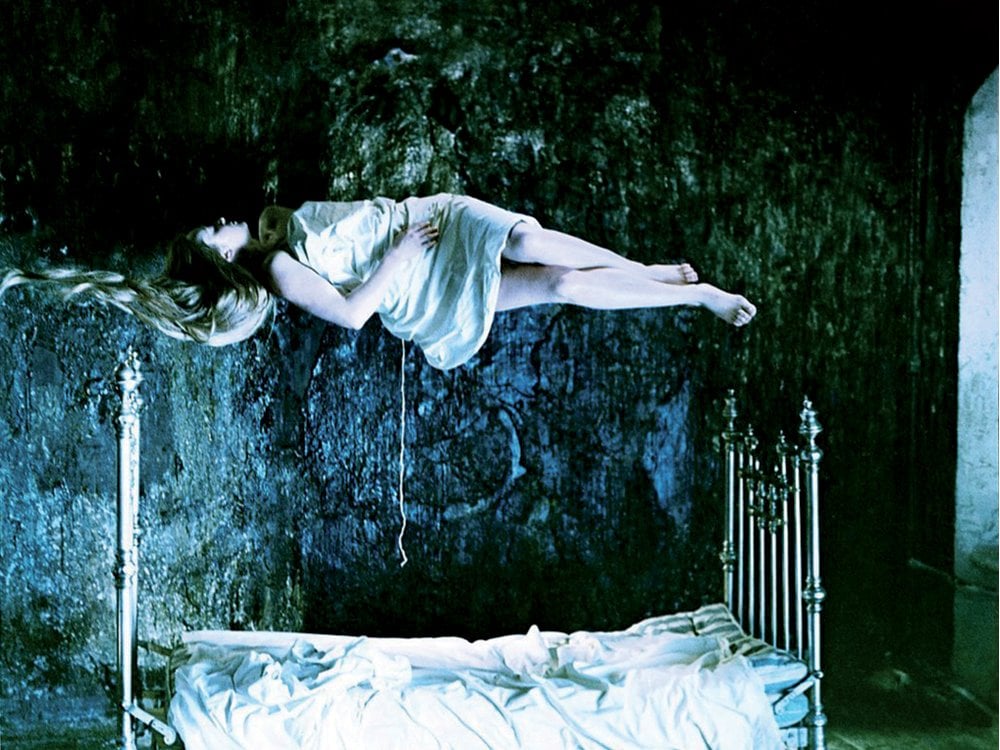
Andrei Tarkovsky, Mirror (1975). Film still.
I have been deeply influenced by filmmakers whose films have universal and timeless power. I was completely blown away when I discovered the work of Russian filmmaker Andrei Tarkovsky. There was something that was very dark about it. It was extremely emotional. His work is also really founded in poetry—he was a visual poet, I would say. He lived in an intensely political environment. He had to deal with censorship. The Soviet Union completely controlled what was exported, but he created masterpieces that were important at the most existential, universal level, while clearly from the point of view of an artist who lived in a very totalitarian and oppressive culture like I was brought up in.

Ingmar Bergman, Persona (1966). Film still.
Ingmar Bergman had this ability to bring out emotional and spiritual angst in such a depth in his films. I fell in love with his work. He went deep into the human psyche—and the idea that you could do that with film and language, not just visual representation, really moved me deeply.
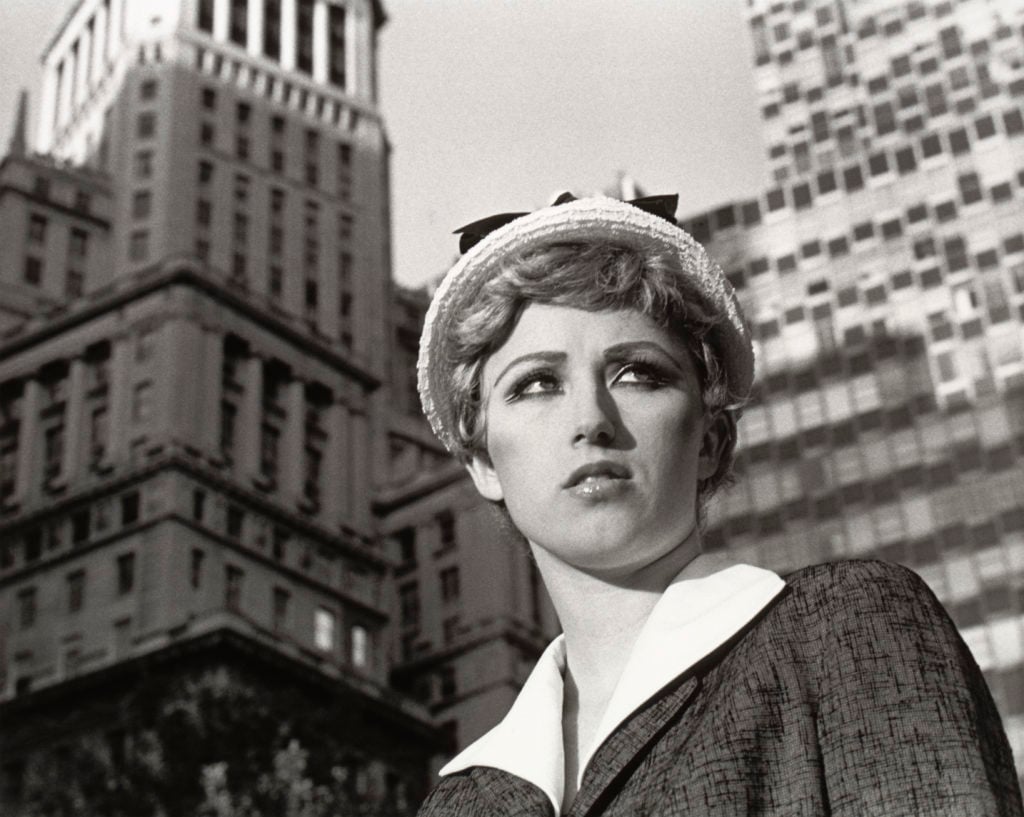
Cindy Sherman’s Untitled Film Still #21 (1978). The Museum of Modern Art, New York Horace W. Goldsmith Fund through Robert B. Menschel, 1995. ©2017 Cindy Sherman.
Being a visual artist and studying in art school in New York in the 1980s, of course I met a lot of artists, including Cindy Sherman. I continue to be impressed by Cindy in the longevity of her career and her signature practice, as well as her generosity as an artist and as a person. There’s something very vulnerable about her and her work, but there’s also something so strong about it and about her.
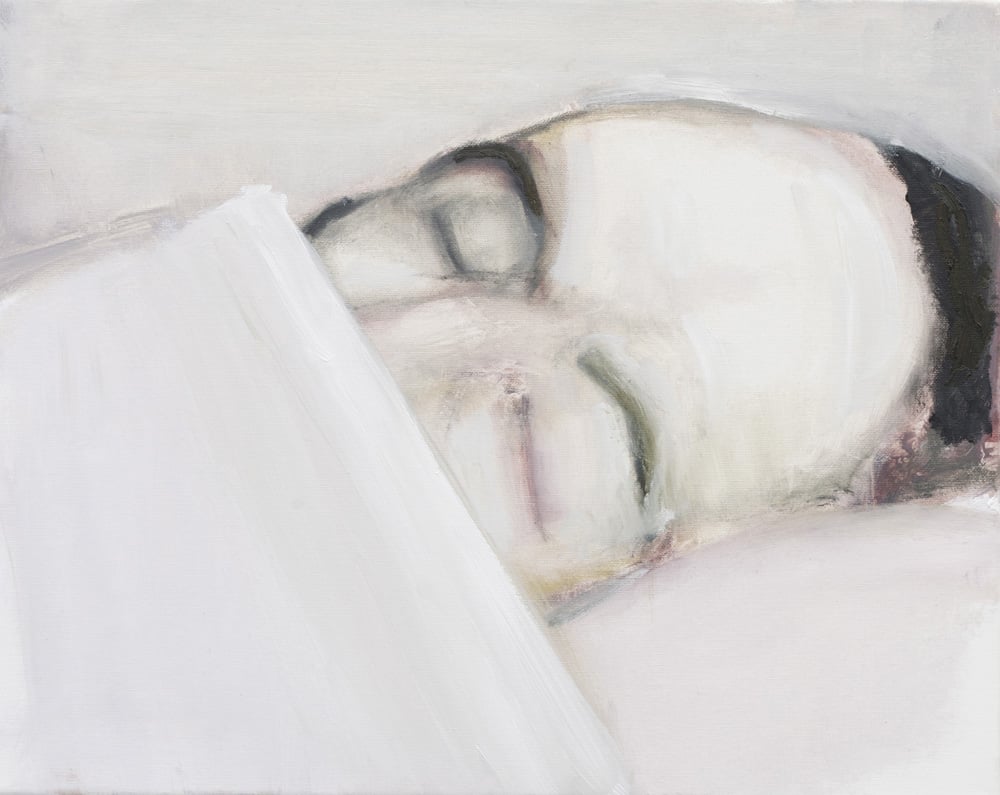
Marlene Dumas, Death of the Author (2003). Courtesy of the artist.
I’m not a painter, but I remember the first time I went to MoMA and saw the work of Marlene Dumas. I didn’t know anything about her, but I walked into the room and it was like a punch to the stomach.
There was something so raw and primitive and guttural about her work. It cuts through all the bullshit. She’s achieved a level of artistry that goes so deep into emotions that I just have no words to describe it. Every time I look at her work, it moves me so much—and I’ve never met her. I just have this reaction to her work that is indescribable, and that I don’t have with many other artists.
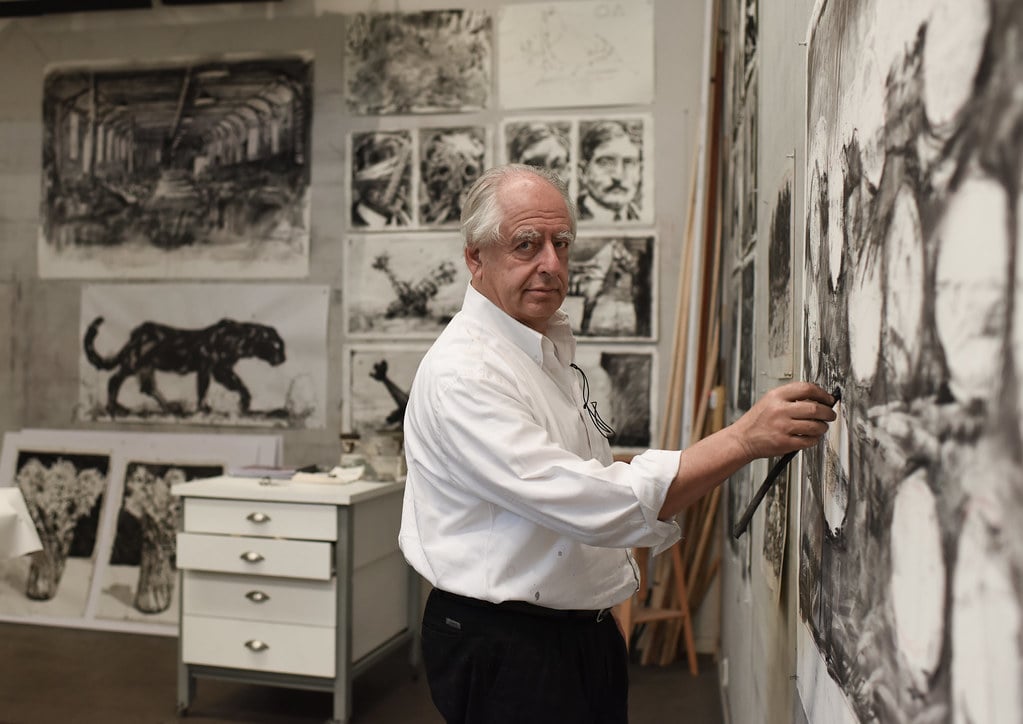
William Kentridge with his work Smoke, Ashes, Fable. Photo by Stella Olivier, courtesy of Musea Brugge.
I’m always speechless about how William Kentridge reinvents himself and manages to be so good in everything he does. I also do many different types of work, and I look up at him as someone who transitions from this amazing and diverse work in opera, drawings, animation, and sculpture. I’m continually impressed by artists who are able to translate their language, their forms, from one to the other. With Kentridge, politically, artistically, and poetically, it never gets compromised—it continues to have the same force. That’s really amazing, and I myself aim for that harmony.
“Shirin Neshat: I Will Greet the Sun Again” will be on view at the Broad, 221 S. Grand Avenue, Los Angeles, October 19, 2019–February 16, 2020.